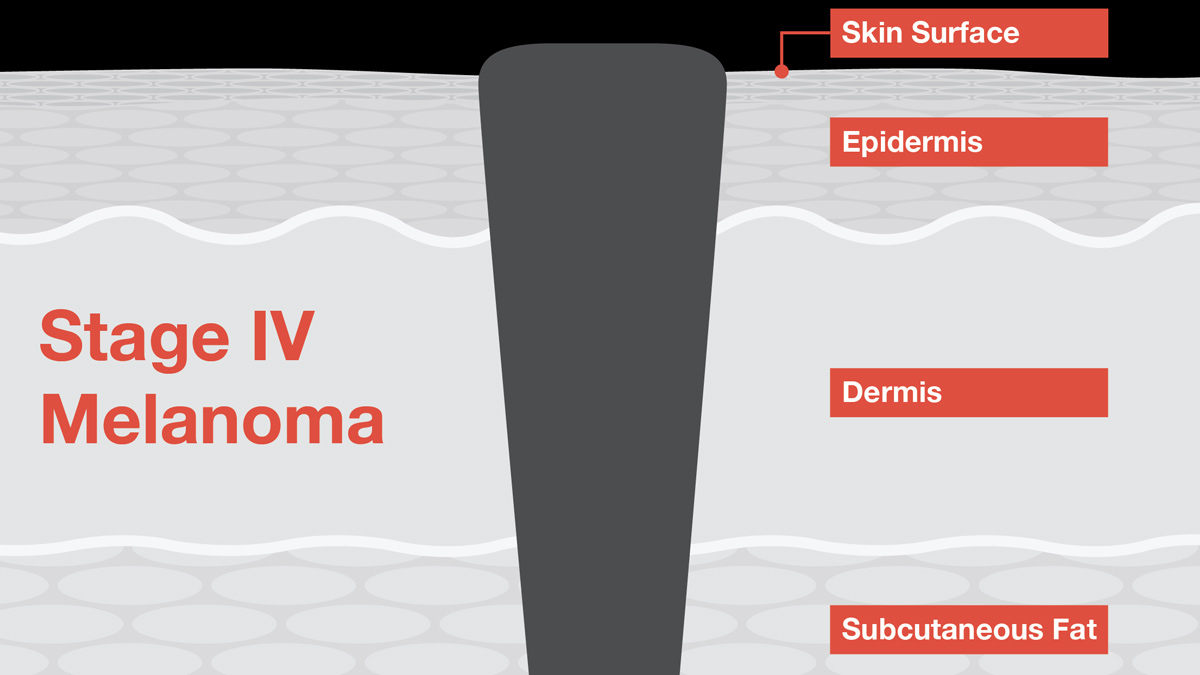
William Shatner, known for his iconic portrayal of Captain James T. Kirk in "Star Trek," recently opened up about his battle with stage 4 melanoma at the annual meeting of the American Academy of Dermatology (AAD) in San Diego. This marks the first time Shatner has publicly discussed his experience with skin cancer, shedding light on his journey with both poignancy and his trademark humour.
Table of Content:-
A Star Trek Legend's Candid Revelation
At 92 years old, Shatner's legacy extends far beyond the realm of science fiction. While his role as Captain Kirk solidified his place in pop culture history, he has continued to captivate audiences through various endeavours, including writing, commercial appearances, and public speaking engagements like the AAD meeting. Despite his celebrity status, Shatner is equally renowned for his down-to-earth candour and lighthearted self-deprecation.

Understanding Stage 4 Melanoma
As per Dr Harshit Shah, Associate Consultant-Surgical Oncology, Fortis Hospital, Kalyan, stage 4 melanoma represents the most advanced stage of this serious form of skin cancer. This designation indicates that the cancer has metastasized from the lymph nodes to other organs, often targeting the lungs. In Shatner's case, the cancer had progressed significantly before it was diagnosed.
Also Read: Ileana D'Cruz Opens Up About Postpartum Depression; Here’s What It Is
Diagnosis and Detection
Diagnosing stage 4 melanoma involves a series of medical examinations and tests. Physicians typically conduct blood tests to assess blood count and liver function, along with various imaging scans to determine the extent of cancer spread. Biopsies may also be performed to analyze tissue samples for cancerous cells. Multidisciplinary team meetings play a crucial role in formulating treatment plans tailored to each patient's unique circumstances.
Recognizing Symptoms
Symptoms of stage 4 melanoma can manifest in diverse ways. Changes to existing moles or skin irregularities may serve as early indicators of cancer spread. Notably, the physical symptoms vary among individuals. Some common signs include tumour matting, characterized by the lumpiness and hardness of affected lymph nodes, and tumour ulceration, marked by skin breaks and bleeding. Self-examination plays a vital role in early detection. Patients are encouraged to follow the ABCDEs:
Also Read: Actor Babil Khan Opens Up About His Abandonment Issues; Here’s How To Identify And Manage Them
- Asymmetry: Uneven moles
- Border: Irregular or poorly defined borders
- Colour: Variation in mole colour
- Diameter: Moles larger than a pencil eraser
- Evolving: Changes in mole size, shape, or colour
Seeking Treatment Options
Treatment for stage 4 melanoma depends on factors such as the location and extent of cancer spread, as well as the patient's overall health and preferences. Common treatment modalities include surgery, chemotherapy, radiation therapy, immunotherapy, and targeted therapy. Clinical trials offer additional opportunities for exploring innovative treatments and improving patient outcomes.
Navigating Prognosis and Survival Rates
While stage 4 melanoma poses significant challenges, advancements in medical science continue to enhance treatment efficacy and patient survival rates. The 5-year survival rate for distant stage melanoma was approximately 30 per cent in 2017, reflecting the impact of evolving treatment strategies and individual patient factors.
Bottomline
Shatner's journey with stage 4 melanoma underscores the importance of early detection, comprehensive treatment, and ongoing research efforts in combating this formidable disease. By raising awareness and sharing his experiences, he empowers others to prioritise skin health and seek timely medical intervention.
Also watch this video
How we keep this article up to date:
We work with experts and keep a close eye on the latest in health and wellness. Whenever there is a new research or helpful information, we update our articles with accurate and useful advice.
Current Version